EDTA, short for ethylenediaminetetraacetic acid, is a fairly standard part of blood collection It is used not only as a way to keep blood from clumping together, but also to treat extreme cases ofThe former is used to test whole blood in molecular diagnostics EDTA tubes are used in direct sampling analyzers without the need to open them For up to 24 hours, erythrocytes, white blood cells and platelets remain stable in blood anticoagulated with EDTA, but blood smears must be prepared 3 hours after specimen is collectedPatients ≤1 year old Two full 05 ml EDTA microtainers (10 ml total) of peripheral blood is the minimum amount DonathLandsteiner Test 10 ml clotted sample drawn and maintained at 37⁰C until serum is separated from clot Thermal Amplitude Test 10 ml clotted or 7 ml EDTA sample maintained at 37⁰C until serum/plasma is separated
What Is The Edta Test In Making A Murder And Why Is It Important
What is edta blood test
What is edta blood test-The remarkable expansion in laboratory test volume and complexity over recent decades has amplified the potential spectrum of applications for this anticoagulant, which can be used to stabilize blood for a variety of traditional and innovative tests Specific data on the behavior of EDTA as an anticoagulant in hematology, including possibleEDTA is added to blood collection tubes to transport specimens for analysis in chemistry (eg, CEA, lead, renin) and haematology (it is the preferred anticoagulant for blood cell counts, coagulation studies, haemoglobin electrophoresis and erythrocyte sedimentation rate);




Premium Photo Vacutainer Blood Collection Tubes Edta Blood Tube For Cbc Test In Laboratory
Whole blood from a full EDTA (lavendertop) tube Minimum Volume Microtainer 05 mL 1 mL whole blood EDTA (lavendertop) tube Collection Instructions Maintain specimen at room temperature Do not refrigerate If multiple draw, collect EDTA (lavendertop) tube last Traumatic draw can introduce thromboplastin and trap WBC and plateletsIn such cases we should plan to administer after calculating the full 1000 mg of EDTA dose for every 35 pound of body weight so that a 175 pound patient may now receive a full 5 gm of ORAL EDTA as a provocative test when they are not able to take the IV pushK2 EDTA (dipotassium ethylenediaminetetraacetic acid) is a strong anticoagulant used to store blood for complete blood counts (CBC) in blood collection tubes Generally, whole blood is stored in these tubes However, K2 EDTA contains two potassium ions bound to the EDTA molecule Figure 1 Chelation of Metal Ions by EDTA
EDTA is an additive in tubes that are used to collect blood These tubes are generally lavender, purple, pink, gray, or navy blue This keeps blood from clotting so that analysis can be done on whole blood Tests that are run on these samples included the CBC (complete blood count), the ESR (erythrocyte sedimentation rate), and hemoglobin A1CEDTA is a molecule called a chelating agent A chelating agent is a clawlike substance that can grab and stick to other molecules Some types of EDTA stick toBackground Potassium ethylenediaminetetraacetic acid (EDTA) is a sample tube anticoagulant used for many laboratory analyses Gross potassium EDTA contamination of blood samples is easily recognised by marked hyperkalaemia and hypocalcaemia (13)Subtle potassium EDTA contamination, however, is a relatively common often unrecognised erroneous cause of
6ml EDTA for HPA typing Autoimmune thrombocytopenia 6ml clotted and 18ml EDTA blood The platelet count of the patient should be <100x109/L These samples should not be refrigerated Heparin Induced Thrombocytopenia (HIT) 6ml clotted bloodDraw blood in a lavendertop (EDTA) tube (s), and send 3 mL of EDTA whole blood refrigerated For pediatric specimens, draw a full, lavendertop (EDTA) MICROTAINER (S)®To the Editor Plasma is usually chosen for cellfree circulating DNA studies because ex vivo release of DNA from hematopoietic cells was demonstrated in serum during the clotting process from whole blood ()()()Among the most commonly used anticoagulants, EDTA, heparin, and citrate, heparin was suggested by some investigators to be an unsuitable anticoagulant




Edta Tubes Edta Blood Collection Tubes Online At Best Price In India
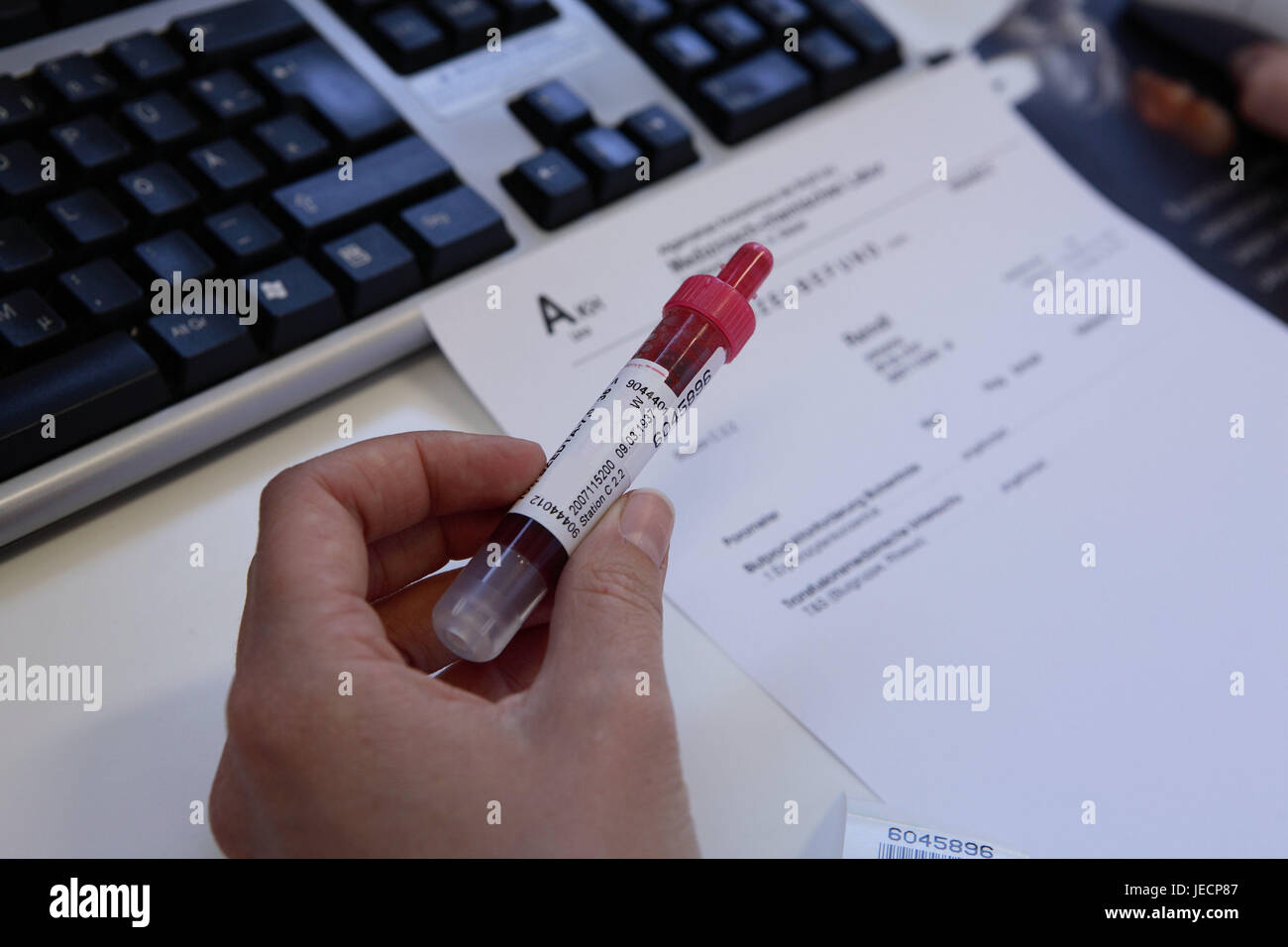



Edta Blood High Resolution Stock Photography And Images Alamy
These guidelines should be followed for collecting blood for hematology tests A full EDTA tube should be submitted Partially filled EDTA tubes affect the cells because EDTA is hypertonic (eg echinocytes will form in underfilled EDTA tubes and red cells shrink, decreasing the mean cell volume and increasing the mean cell corpuscularYour central laboratory for your analysis of routine clozapine weekly/ fortnightly/ 4weekly blood test monitoring (Full blood counts) is Magna Laboratories Please use the enclosed full blood count form (blue) The enclosed information provides examples of the supplies involved and sampling instructionsIn this article, we explore why clots might form in EDTA 'lavender top' blood tubes after venepuncture and how, with an understanding of mechanisms involved, these clots can in most cases be avoided For healthcare professionals working on the frontline, collecting a blood sample to send off to the laboratory for tests is common practice




Blood Tube For Test Blood Tube For Test With Blank Label And Blood In Syringe On Request Form Laboratory Canstock



1
A test used to monitor a diabetic patients' glucose control Blood Bank Tubes EDTA Blood Bank Tube Full draw on normal patient will yield ~ 5 mL of EDTA plasma Must be collected carefully, any hemolysis is cause for rejection (can interfere with interpretation of BB tests) Used for Type &EDTA can cause abdominal cramps, nausea, vomiting, diarrhea, headache, low blood pressure, skin problems, and fever It is UNSAFE to use more than 3 grams of EDTA per day, or to take it longer than 5 to 7 days Too much can cause kidney damage, dangerously lowThis tube contains ACD used for the collection of whole blood for special tests Blood Smear Preparation Guidelines Place a drop of capillary or wellmixed EDTA blood in the center of one end of a slide Immediately place a spreader slide just in front of the drop of blood Draw the spreader slide back into the drop




Blood Collection Edta Tube




Blood Collection Tubes The Right Choice For Your Experiment
Therefore, in theory, oral EDTA may provide some benefits if it can be supplied in a form that is absorbable by the body Additional Information As mentioned at the beginning of this article, there are a variety EDTA forms available (eg Calcium Disodium Edathamil, Calcium Disodium EDTA, Calcium Disodium Edetate)EDTA is an additive in tubes that are used to collect blood These tubes are generally lavender, purple, pink, gray, or navy blue This keeps blood from clotting so that analysis can be done on whole blood Tests that are run on these samples included the CBC (complete blood count), the ESR (erythrocyte sedimentation rate), and hemoglobin A1CAn EDTA test is used to assess the function of your kidneys through a series of blood tests EDTA refers to the name of the substance that you will receive by injection EDTA contains a small amount of radioactive material This allows it to act as a tracer which will show the kidney function
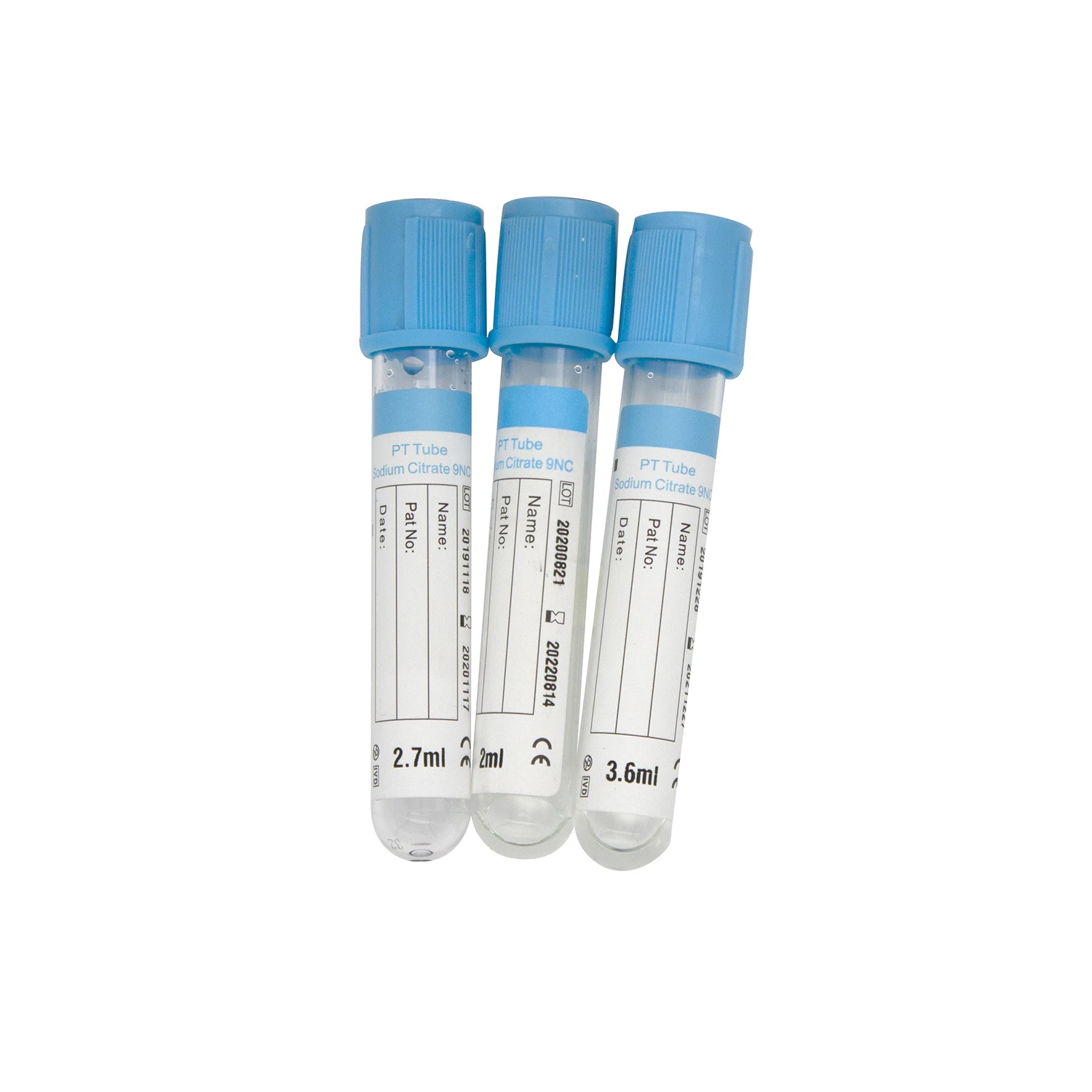



Hot Sale 7ml 8ml 9ml Purple Glass Plastic Pet Edta Tube Blood Test Collection Tubes




Edta Blood Tube For Cbc Test In Laboratory Stock Photo Picture And Royalty Free Image Image
In the blood bank, EDTA prevents haemolysis by inhibiting complement bindingCBC (Complete Blood Count) 24 hrs/day, 7 days a week, including holidays Routine turnaround time is approximately 1 hour ADULT RANGES UNLESS NOTED Male Female WBC* k/mm3 k/mm3 Hemoglobin* g/dL g/dL Hematocrit* (pcv) 4052% 3547% Platelets* k/mm3 k/mm3 Red Blood Count 18 yr 4562These tubes can be used for Blood Bank tests Pinktop tube (EDTA) This tube contains EDTA as an anticoagulant These tubes are preferred for blood bank tests NOTE After the tube has been filled with blood, immediately invert the tube 810 times to mix and ensure adequate anticoagulation of the specimen Light greentop tube (lithium heparin)




Immunology Blood Image Photo Free Trial Bigstock




China Edta Tube Blood Sample Collection Tube China Edta Tube Blood Collection Tube
Looking for the definition of EDTA?8 mL (6 mL minimum) whole blood collected in two (lavendertop) EDTA tubes Pediatric (03 years) 2 mL (1 mL minimum) Instructions Higher blood volumes ensure adequate DNA quantity, which varies with WBC, specimen condition, and need for confirmatory testing Patients, 03 years have higher WBC, yielding more DNA per mL of bloodNadina Wiórkiewicz/Wikipedia (CC BYSA 30) Lab tests showed a very small amount of EDTA in some Simpsoncase blood evidence But some experts believe the chemical came from a test sample, not




What Is An Edta Anticoagulant With Pictures
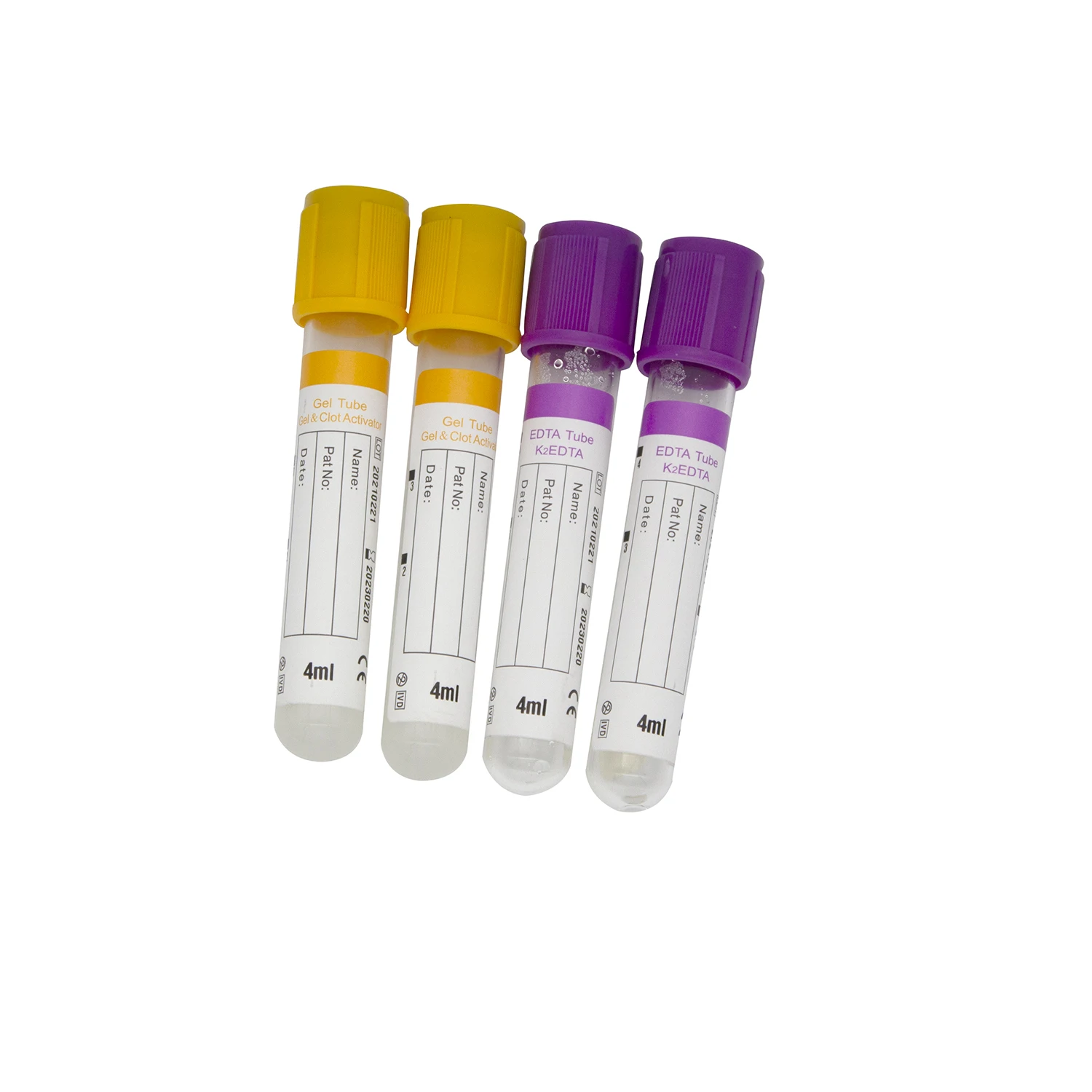



Hot Sale 7ml 8ml 9ml Purple Glass Plastic Pet Edta Tube Blood Test Collection Tubes
Quest Diagnostics Test Directory {{ metaDesc }}Screen, Crossmatch, ABO/Rh testing2EDTA (plastic) 8 8 K 2EDTA and K 3EDTA for whole blood hematology determinations K 2EDTA may be used for routine immunohematology testing, and blood donor screening*** Tube inversions ensure mixing of anticoagulant (EDTA) with blood to prevent clotting White • K 2EDTA with gel 8 For use in molecular diagnostic test methods




China Purple Blood Test Edta Blood Collection Tubes Photos Pictures Made In China Com



Ethylenediaminetetraacetic Acid Wikipedia
Postcode reason for referralCONSTITUTIONAL (BLOOD) TEST REQUISITION FORM Cytogenetic Laboratories Indiana University School of Medicine 975 W Walnut, IB 350, Indianapolis, IN 462 317/ (Office) 317/ (Fax) 317/ or 317/ (Lab) CAP# CLIA# 15D Angelman Kallman SmithMagenis WilliamsAn erythrocyte sedimentation rate test (ESR test) is a blood test It helps your doctor determine if you're experiencing inflammation
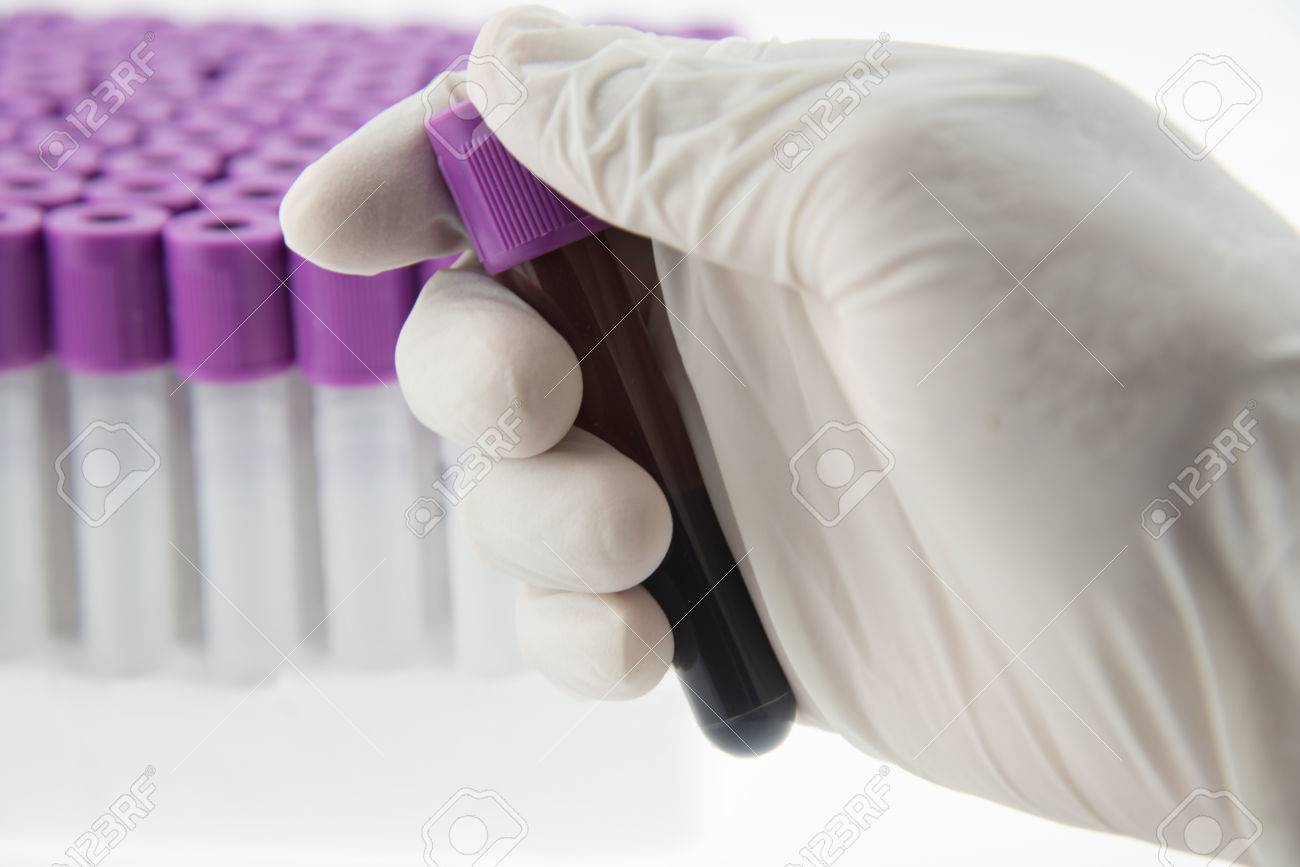



Edta Blood Tube For Cbc Test In Laboratory Stock Photo Picture And Royalty Free Image Image




K3 Edta Blood Collection Tube
Hi George We encountered a case recently where we were asked to perform coagulation testing on specimens collected in EDTA vacutainers The patient was refusing to give more blood than already collected for further coagulation tests and the attending doctor requested us to perform the tests in the blood collected in EDTA vials We refused considering the protocols to bePlatelet transfusion refractoriness 6ml clotted blood for HPA antibody screen;Molecular genetic test (edta) dna storage only diagnostic test carrier test predictive test nipd north east thames regional genetics service laboratory genetic test request form surname lab reffirst name date of birth genetic id nhs number sex ethnic origin hospital no patient address &



2




Effect Of A Several Volumes Edta Treat Vs Blood Sample B Download Scientific Diagram
Edetic Acid is the acid form of edetate, a chelating agent with antihypercalcemic and anticoagulant properties Edetic acid binds calcium and heavy metal ions, forming soluble stable complexes which are readily excreted by the kidneys This results in a decrease in serum calcium levels This agent is also used as an anticoagulant for blood specimens and is applied as a treatment of leadWe compared the results of routine blood tests for 102 blood donors' samples and 100 patients' samples collected in spraydried K 2 EDTA, spraydried K 3 EDTA, and liquid K 3 EDTA blood collection tubes to evaluate the impact of changes in formulation of the anticoagulant (K 2 EDTA vs K 3 EDTA), its application (liquid vs spraydried), and tube material (glass vs plastic)Alternate Container Gel (Pearl top) EDTA (BD catalog # 3627) Specimen Volume Full tube (4 mL) Specimen Minimum Volume Full EDTA MICROTAINER Collection Instructions 1 Patient should refrain from smoking or eating for 46 hours prior to sample collection 2 Draw blood from a stasisfree vein if possible




Edta Double Cap Blood Sample Tube For Laboratory Rs 1 75 Piece Id
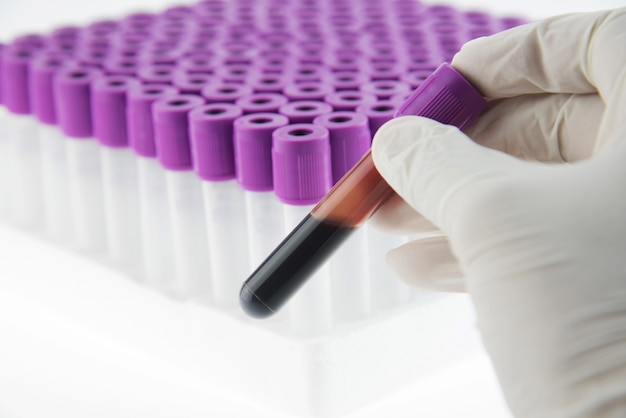



Premium Photo Edta Blood Tube For Cbc Test In Laboratory
8 mL (6 mL minimum) whole blood collected in two (lavendertop) EDTA tubes Pediatric (03 years) 2 mL (1 mL minimum) Instructions Higher blood volumes ensure adequate DNA quantity, which varies with WBC, specimen condition, and need for confirmatory testing Patients, 03 years have higher WBC, yielding more DNA per mL of bloodPurple blood bottles contain EDTA (ethylenediaminetetraacetic acid), which acts as a potent anticoagulant by binding to calcium in the blood EDTA also binds metal ions in the blood and is used in chelation therapy to treat iron, lead or mercury poisoningEDTA can cause abdominal cramps, nausea, vomiting, diarrhea, headache, low blood pressure, skin problems, and fever It is UNSAFE to use more than 3 grams of EDTA per day, or to take it longer




Blood Vial With Blood Sample With Syringe On Test Form Stock Photo Picture And Royalty Free Image Image
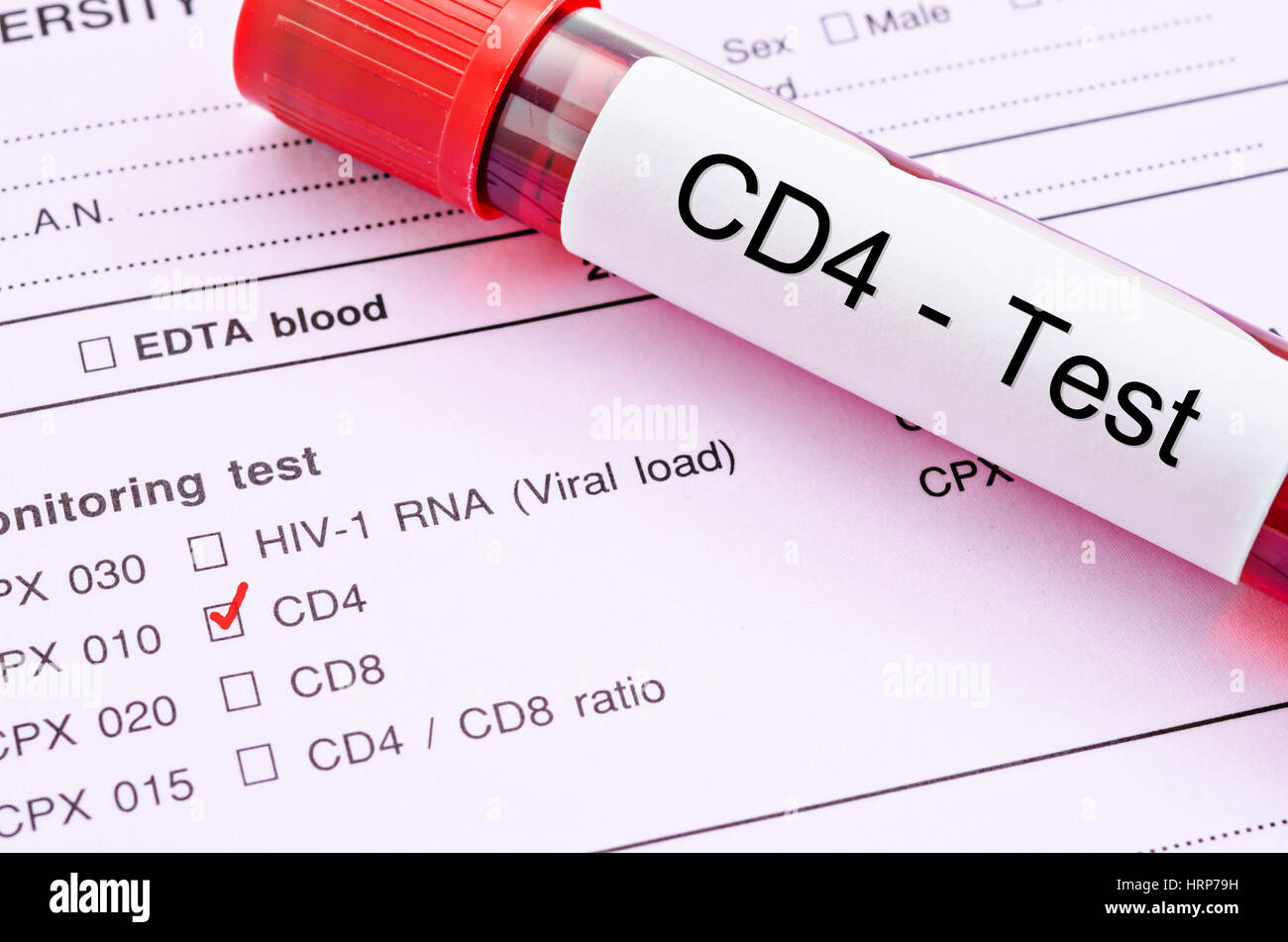



Red Mark And Blood Sample In Tube For Cd4 Cell Testing Immunology Cell In Hiv Infected People On Request Form Background Stock Photo Alamy
A list of immunology tests performed at Chichester is available to download from the main haematology webpage HLA B27 Specimen required 4mL EDTA (lavender) Positive in some cases of ankylosing spondylitis (90%) Samples must arrive in the laboratory before midday'EthyleneDiamineTetraAcetic acid' is one option get in to view more @ The Web's largest and most authoritative acronyms and abbreviations resourceFind out what is the full meaning of EDTA on Abbreviationscom!
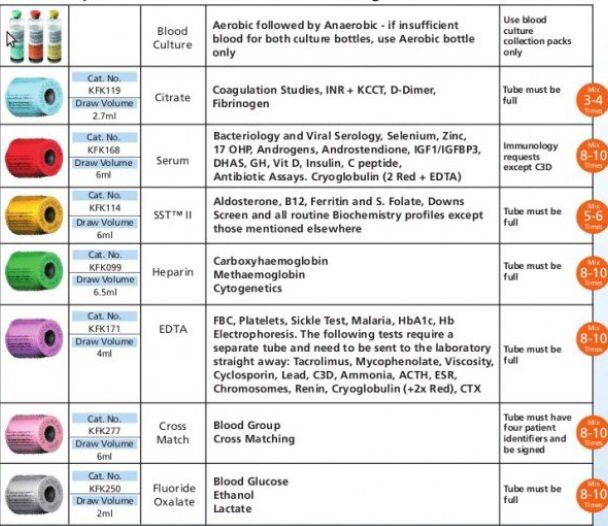



Phlebotomy Order Of Draw Explained E Phlebotomy Training
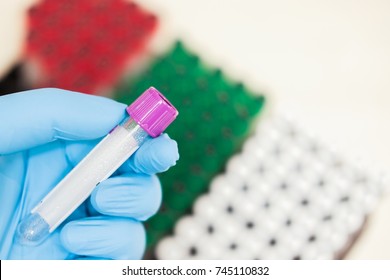



Edta Blood Images Stock Photos Vectors Shutterstock
An erythrocyte sedimentation rate (ESR) is a type of blood test that measures how quickly erythrocytes (red blood cells) settle at the bottom of a test tube that contains a blood sample Normally, red blood cells settle relatively slowly A fasterthannormal rate may indicate inflammation in the bodyBlood Laboratory Erythrocyte sedimentation rate (ESR) The ESR is a simple nonspecific screening test that indirectly measures the presence of inflammation in the body It reflects the tendency of red blood cells to settle more rapidly in the face of some disease states, usually because of increases in plasma fibrinogen, immunoglobulins, andThe choice of K2 or K3EDTA as the preferred anticoagulant for blood count remains controversial We compared the effect of different concentrations of both anticoagulants on normal blood In optimal conditions (appropriate anticoagulant concentration and measurements done between 1 and 4 h after p
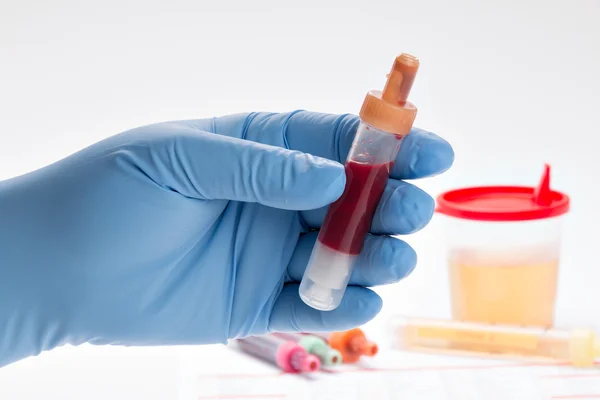



171 Edta Stock Photos Free Royalty Free Edta Images Depositphotos




Hematology Case Study The Story Of The Platelet Clump Edta Induced Thrombocytopenia Lablogatory
Ethylenediaminetetraacetic acid (EDTA) strongly and irreversibly chelates (binds) calcium ions, preventing blood from clotting Citrate is in liquid form in the tube and is used for coagulation tests, as well as in blood transfusion bags It binds the calcium, but not as strongly as EDTA(Clotted specimen is not acceptable)The FBE test looks for abnormalities in the blood, such as unusually high or low numbers of blood cells Blood cells include red blood cells, white blood cells and platelets Many conditions can cause an abnormal blood count NutriPATH offer a Full Blood Examination (FBE) with an Erythrocyte Sedimentation Rate (ESR)




Full Blood Count Fbc Uhnm Nhs Trust
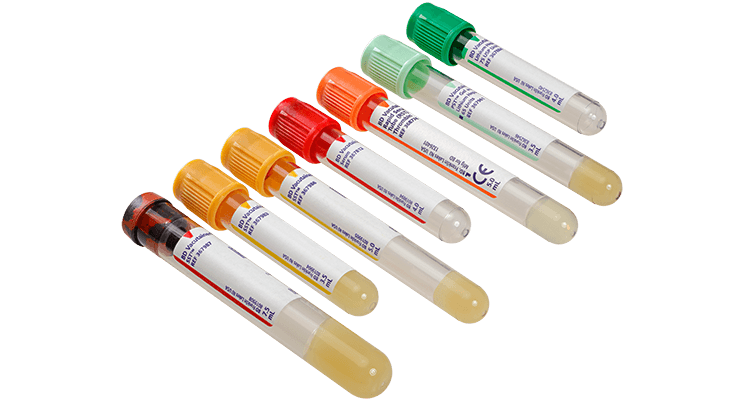



Vacutainer Blood Collection Tubes
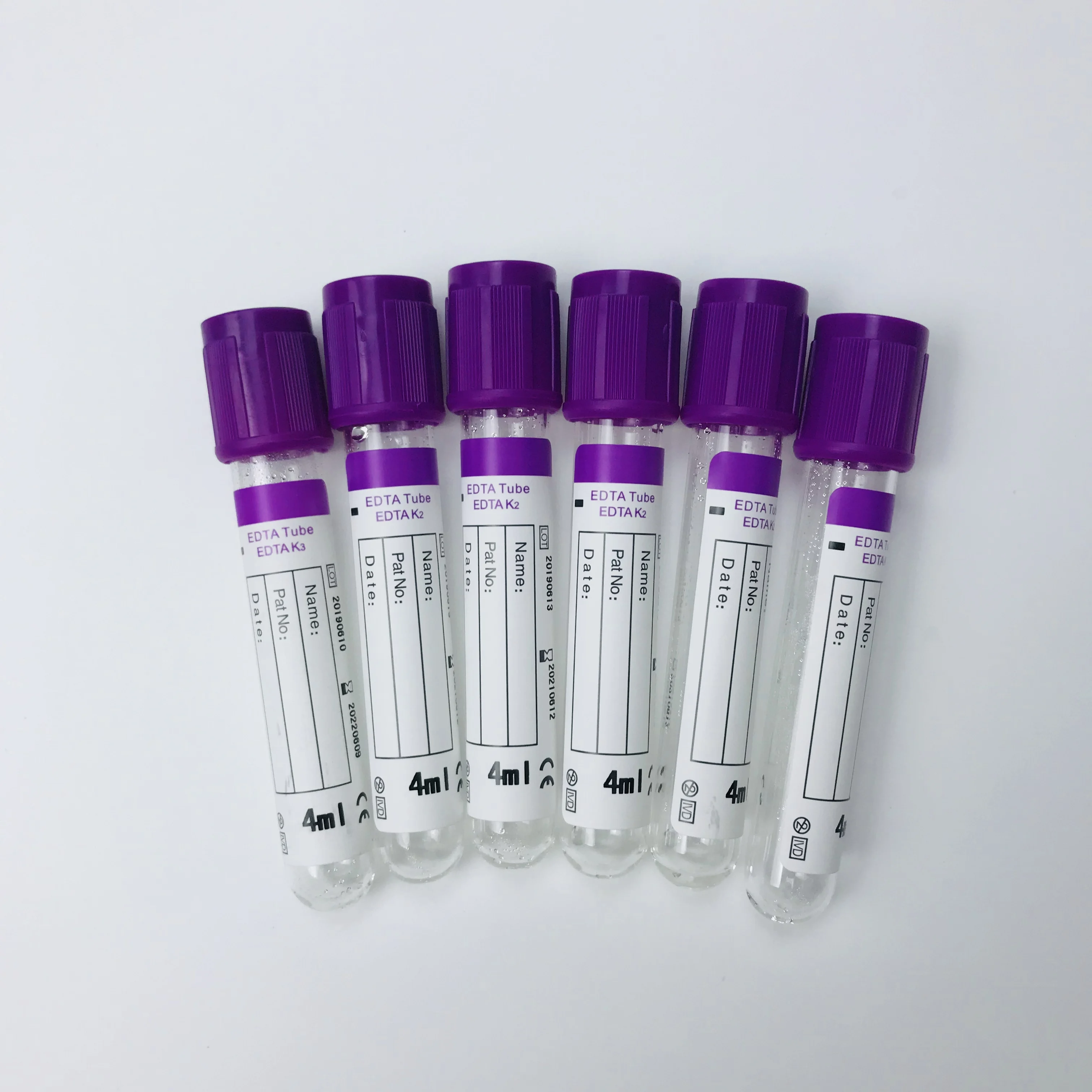



High Quality Plastic Blood Collection Tube Edta Buy High Quality Hospital Blood Tube High Quality Heparin Lithium High Quality Blood Tube Collection Product On Alibaba Com
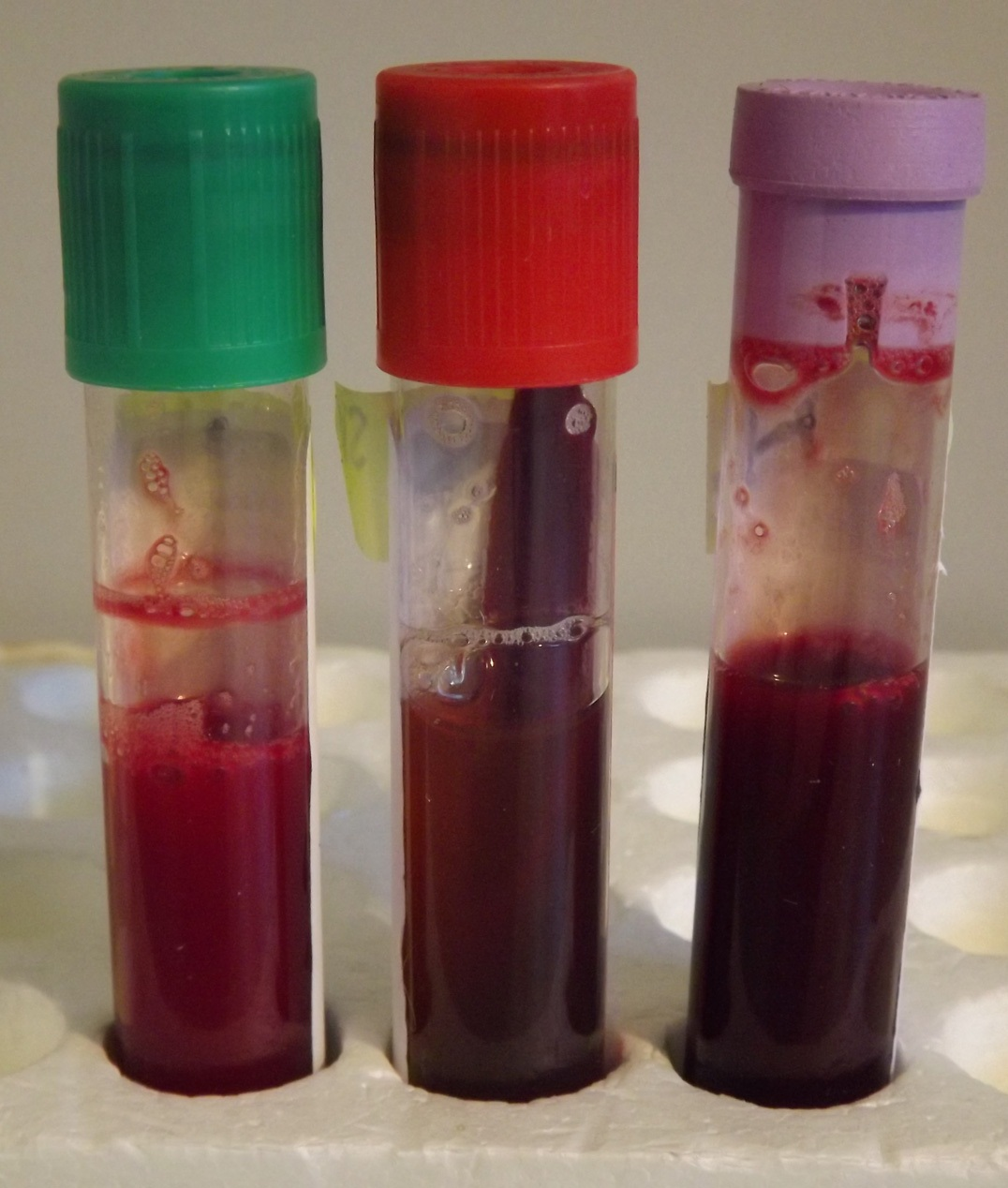



Selecting The Right Blood Test Tube And Techniques For An Accurate Diagnosis Agriculture And Food
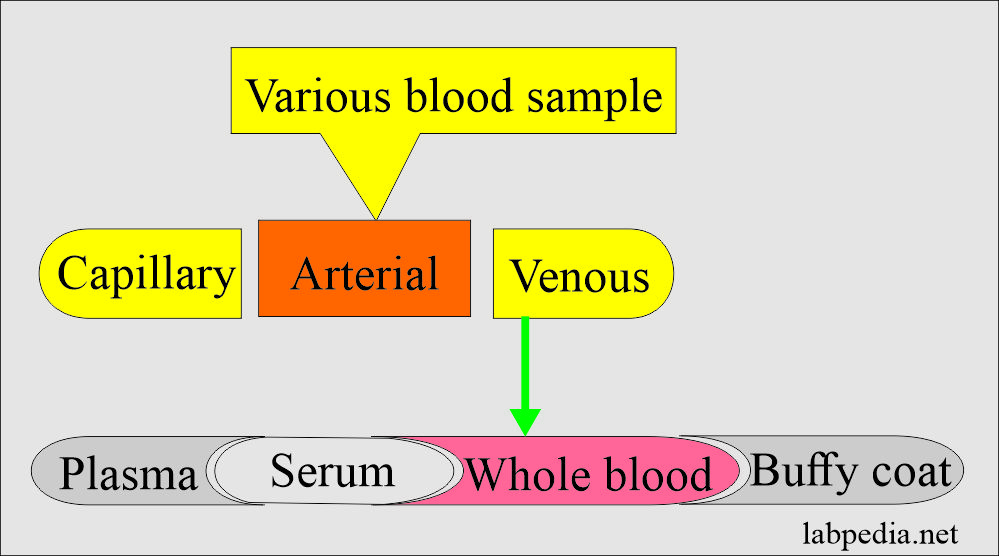



Blood Sample Types Anticoagulants Preservatives Adverse Effects Of Additives Labpedia Net



3
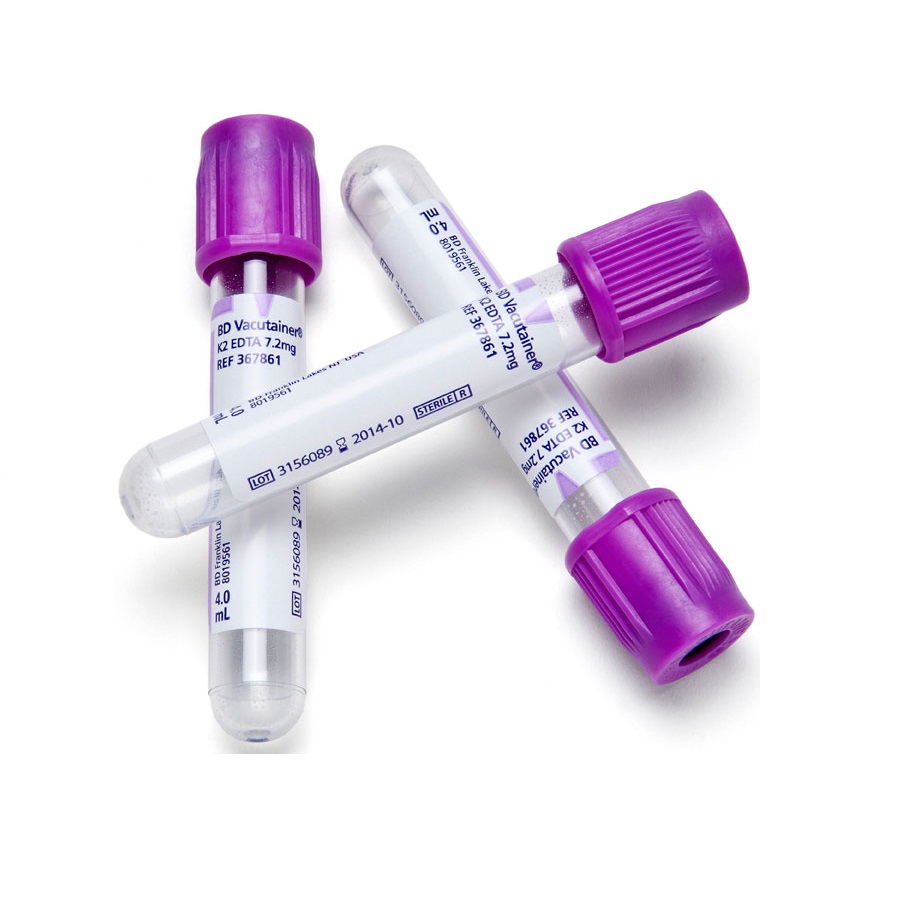



Edta 10ml Purple Gribbles Veterinary



What Is The Full Form Of Edta Quora




Edta Blood Collection Tube Heparin Tube Collection Tube Green Top Test Tube Heparin Blood Tube Lithium Heparin Tube Sara Health Care Vadodara Id
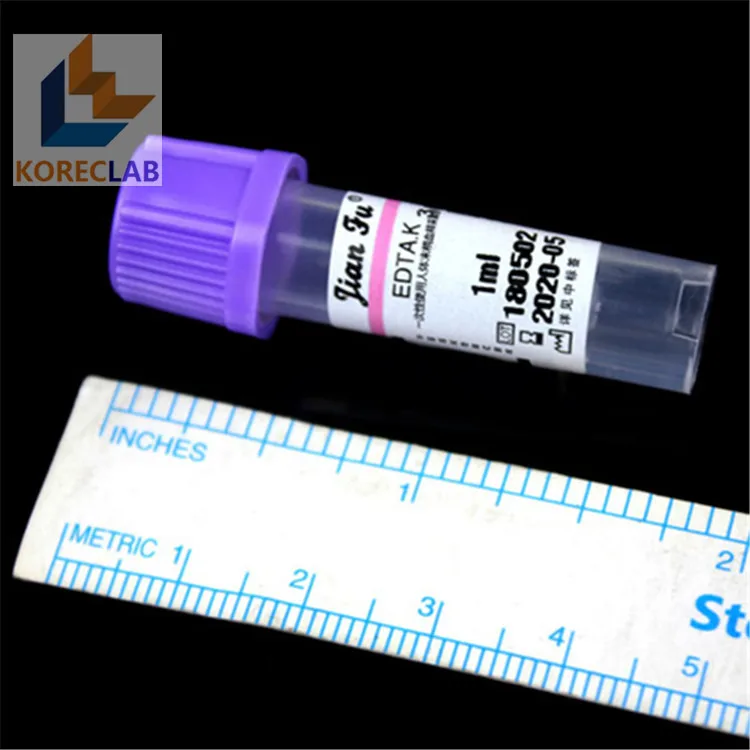



1ml Lab Test Use Edta K3 Blood Collection Tube Buy Edta Edta Buis Reageerbuis Product On Alibaba Com



Whole Blood Edta Tube Purple Cap For Blood Grouping And Immunological Test
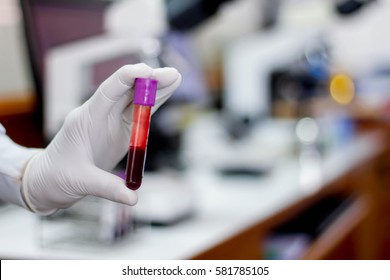



Edta Tube High Res Stock Images Shutterstock




Complete Blood Count Wikipedia




The Effect Of High Anticoagulant K3 Edta Concentration On Complete Blood Count And White Blood Cell Differential Counts In Healthy Beagle Dogs Semantic Scholar
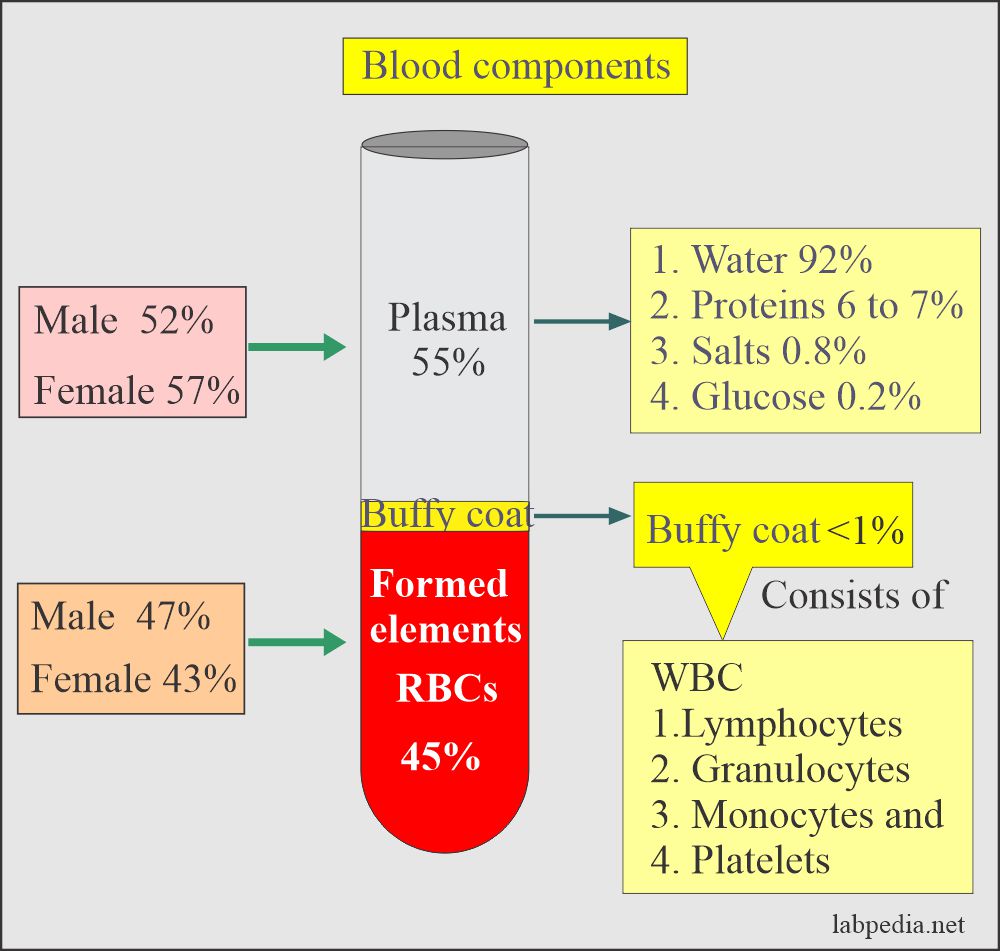



Blood Sample Types Anticoagulants Preservatives Adverse Effects Of Additives Labpedia Net




China Edta K3 Vacuum Blood Collection Tube China Pet Pp Glass Tube Blood Test Tube




Premium Photo Vacutainer Blood Collection Tubes Edta Blood Tube For Cbc Test In Laboratory




K3 Edta Blood Test Tube Packaging Type Box 3000 Piece Rs 2 45 Piece Id



Q Tbn And9gcs8dyf62yiux L3v Xy7byjmhid65o9edfr95juqokv4lxpluu Usqp Cau




Pdf Evaluation Of Different Mixing Procedures For K2 Edta Primary Samples On Hematological Testing




Thyroid Tests Blood Withdrawal For Thyroid Function Tests Sehajmal



What Is The Difference Between K2 Edta And K3 Edta Pediaa Com




vacutainer Glass Blood Collection Tubes With K3 Edta Volume 7ml 13 Fisher Scientific




Edta K2 Improves The Detection Sensitivity Of Sars Cov 2 Igm And Igg A Ijn




China 3ml 5ml Edta Vacuum Blood Collection Tube Blood Test Tube Edta China Vacuum Blood Tube Vacuum Tube
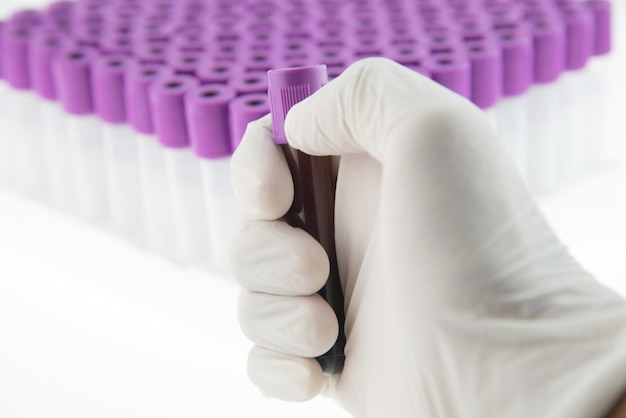



Premium Photo Vacutainer Blood Collection Tubes Edta Blood Tube For Cbc Test In Laboratory




What Is An Edta Anticoagulant With Pictures




China 2ml 4ml Edta K3 Blood Test Collection Tubes China Edta Blood Collection Tube Collection Edta Tube




Toxoplasma Dna Pcr Edta Whole Blood Lab Test Preparation Procedure Cost Normal Range Health9




China Edta Blood Collection Tube With Iso China Vacuum Blood Tube Vacuum Tube
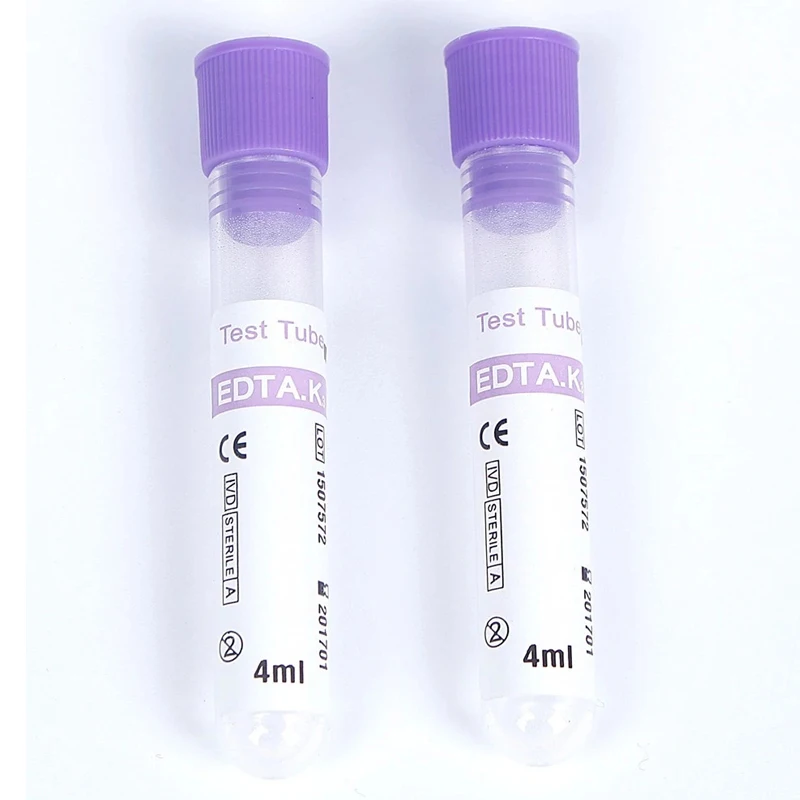



Vacuum Blood Collection Edta Test Tubes Buy Vacuum Blood Test Tube Edta Test Tubes Vacuum Blood Collection Edta Test Tubes Product On Alibaba Com
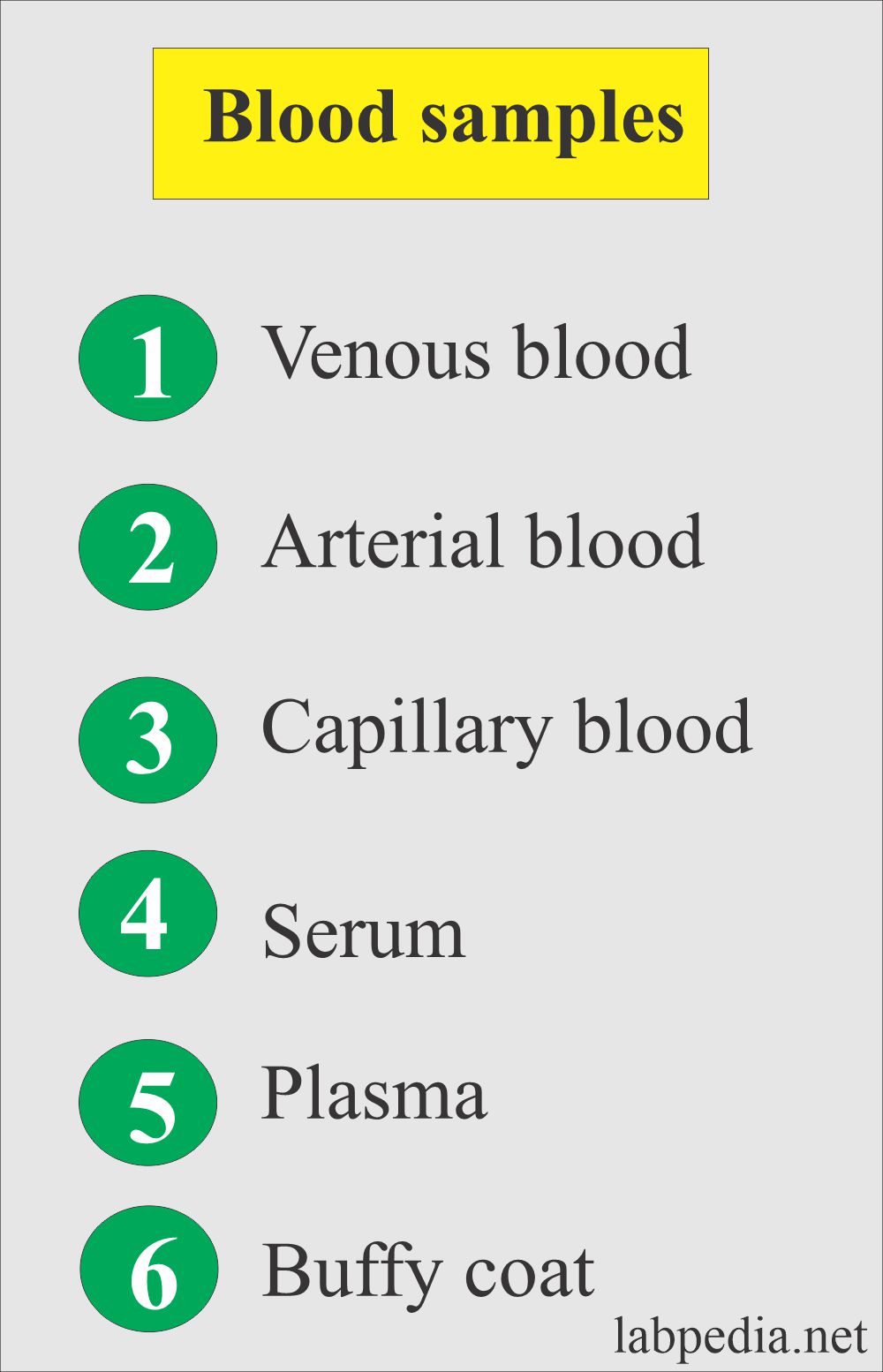



Types Of Blood Samples Criteria For Rejection Of The Blood Sample Color Coding Of The Blood Sample Tubes Labpedia Net



Www Gbo Com Fileadmin User Upload K2 K3 Olympus Pk70 Pdf




Blood Collection Tube An Overview Sciencedirect Topics
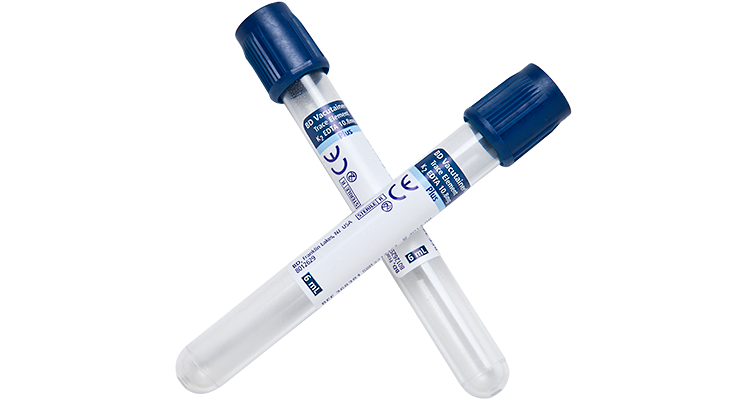



Vacutainer Blood Collection Tubes




Pin On Alibaba



1



Buy Edta Blood Tube Good Quality Edta Blood Tube Manufacturer
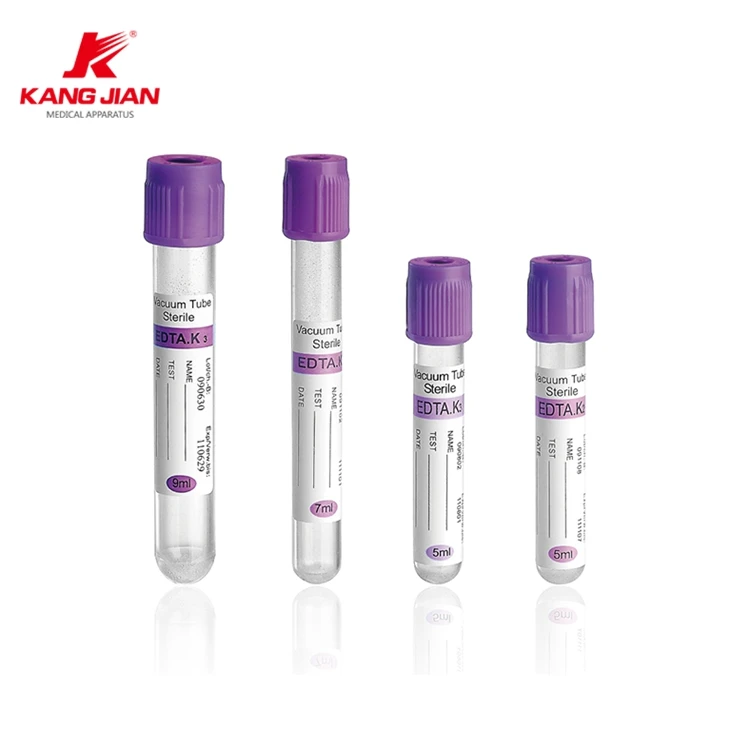



K3 Edta Vacuum Blood Collection Test Tubes Buy Blood Collection Tube Edta Vacuum Blood Test Tube K3 Edta Vacuum Tubes Product On Alibaba Com
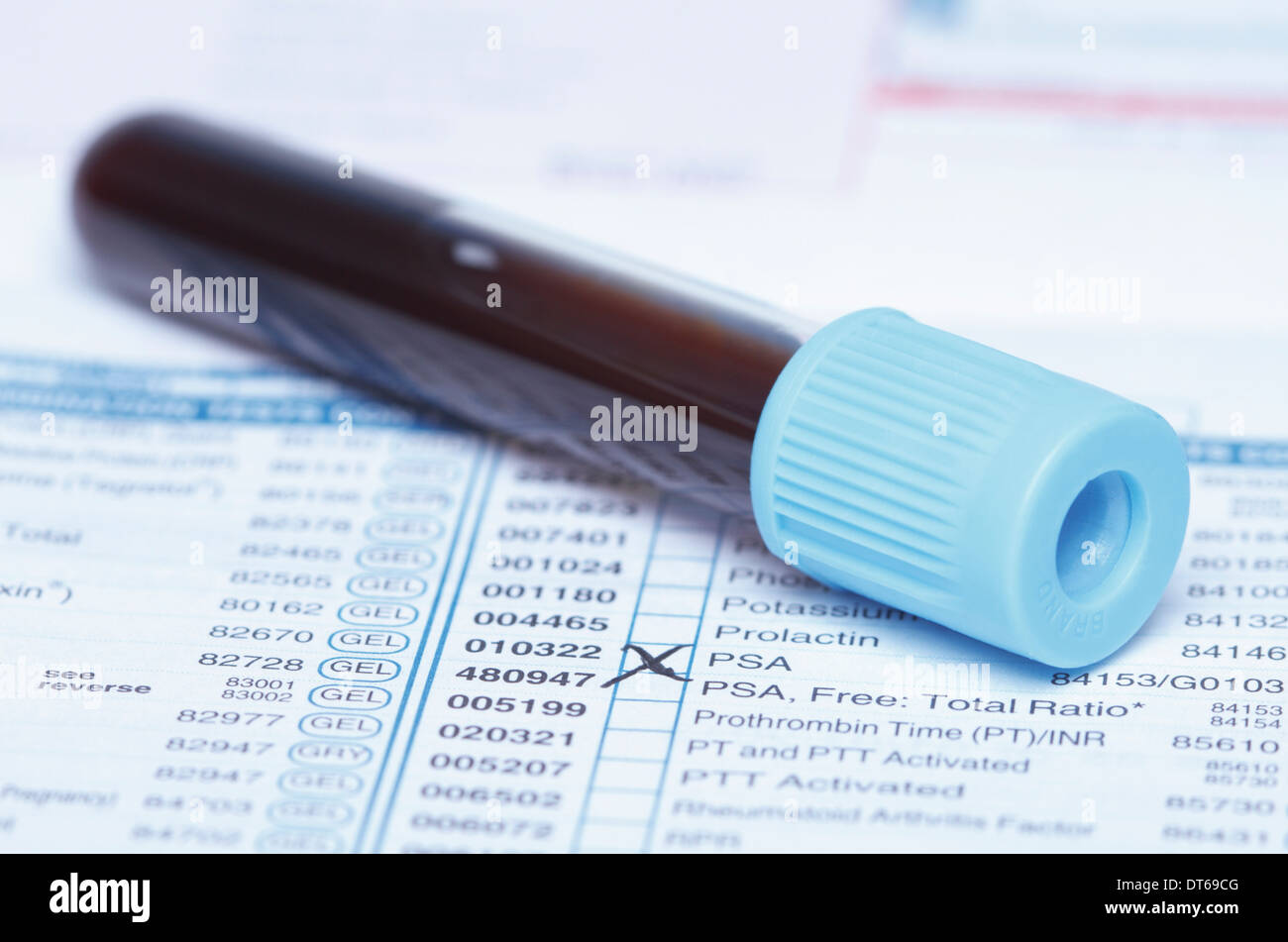



Edta Tube High Resolution Stock Photography And Images Alamy



Edta Tubes For Blood Collection Edta Tubes For Blood Collection Manufacturers And Suppliers At Everychina Com




Whole Blood Vacutainer Tube Collections Fresh Edta Stemexpress




Dipotassium Edta As An Additive For Blood Collection Edta Blood Tube
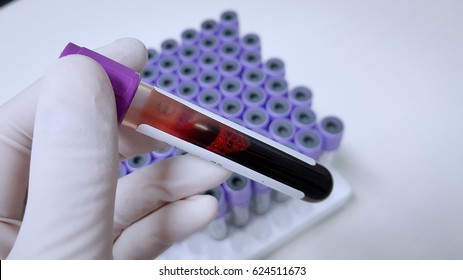



Edta Tube High Res Stock Images Shutterstock
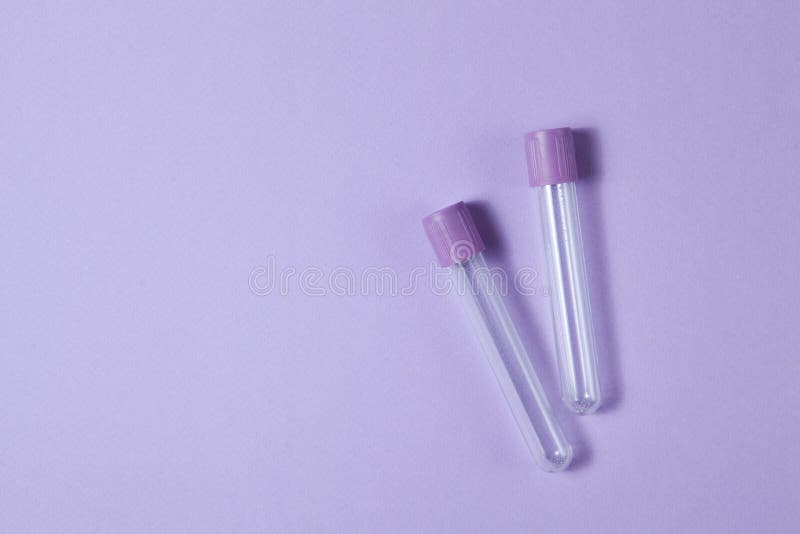



166 Edta Photos Free Royalty Free Stock Photos From Dreamstime




Cylindrical Collection Tube Vs K3 Cml Biotech Pet K3 Edta




Purple Cap Medical K2 Edta Blood Collection Tube Blood Drawing Tube Buy Glass Blood Tube K2 Edta Tube Vacuum Blood Collection Tube Making Machine Product On Alibaba Com



What Is The Edta Test In Making A Murder And Why Is It Important




China Vacuum Blood Test Tube Edta K2 China Pet Pp Glass Tube Blood Test Tube
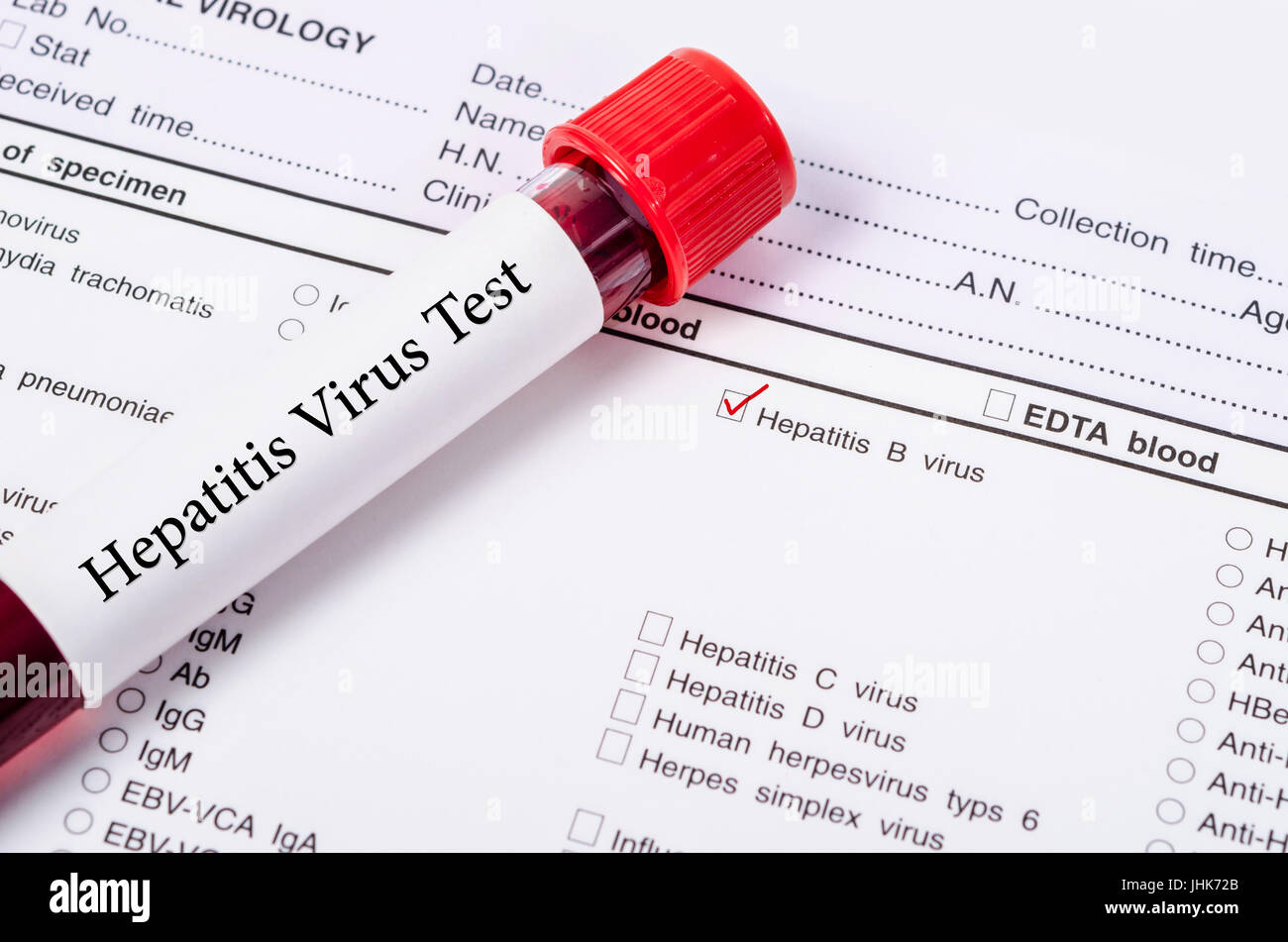



Blood Sample For Hepatitis B Virus Hbv Testingl On Request Form Screening Test Stock Photo Alamy




Glass Blood Test Tubes Edta 100 Pieces Medixab Nigeria Buy Medicals Products And Equipments



What Is The Edta Test In Making A Murder And Why Is It Important
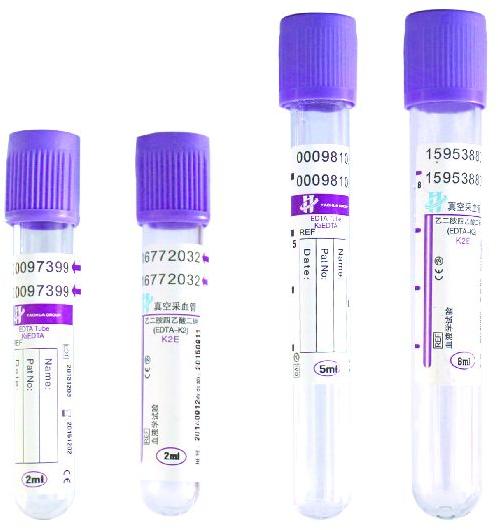



Edta Blood Collection Tube With Ce And Iso Certificates Buy Iso Certificates Edta Blood Collection Tube




Hemoglobin Part 4 Hematocrit Hct Hct Packed Cell Volume Pcv Labpedia Net
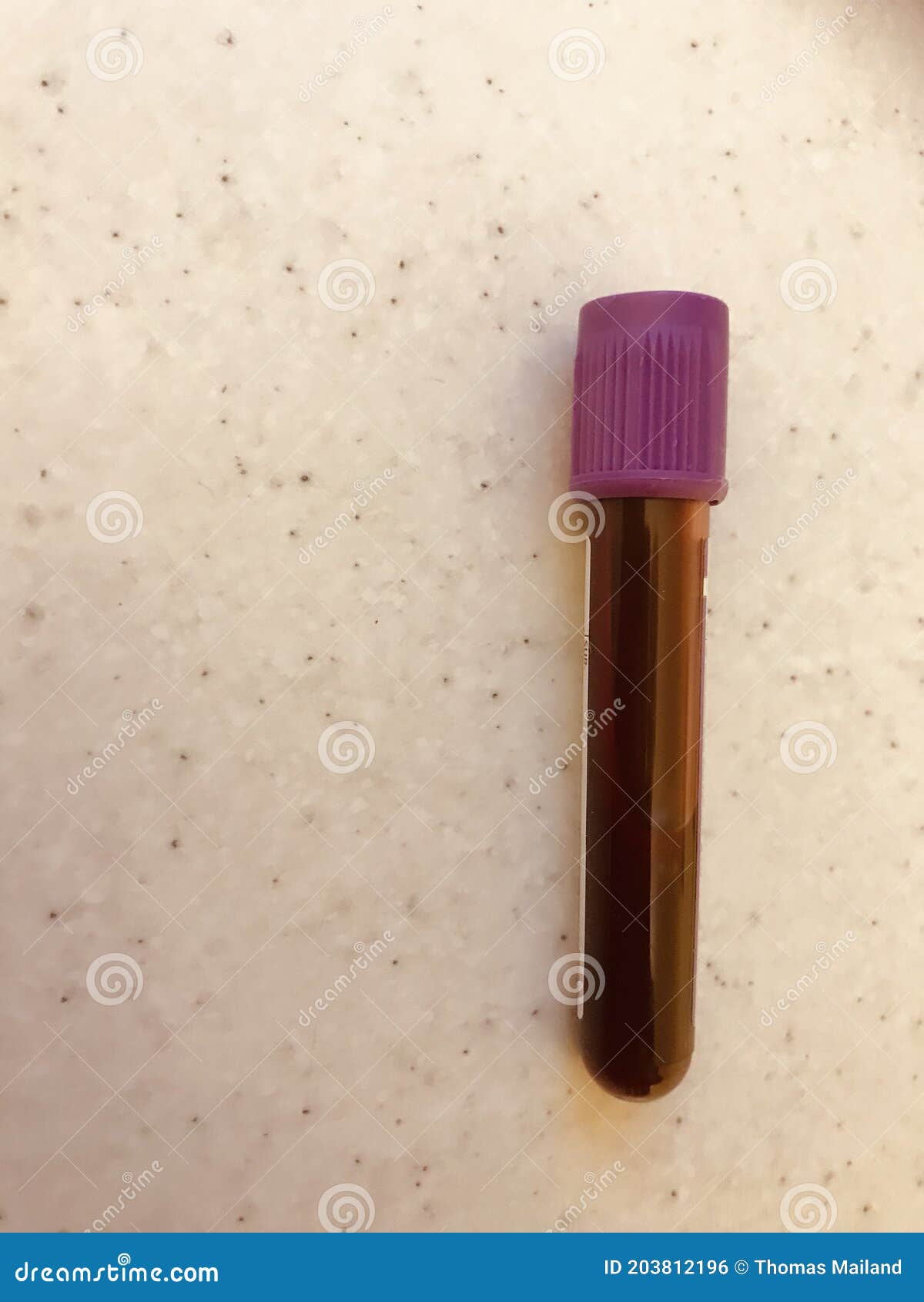



Lavender Top Blood Sample Edta Vacuum Tube Full Of Blood Stock Photo Image Of Form Laboratory



Glass Pet K2 K3 Edta Vacutainer Laboratory Vacuum Blood Test Tubes




Cbc With Esr Cbc Ps Esr Edta Whole Blood Checkmyhealth
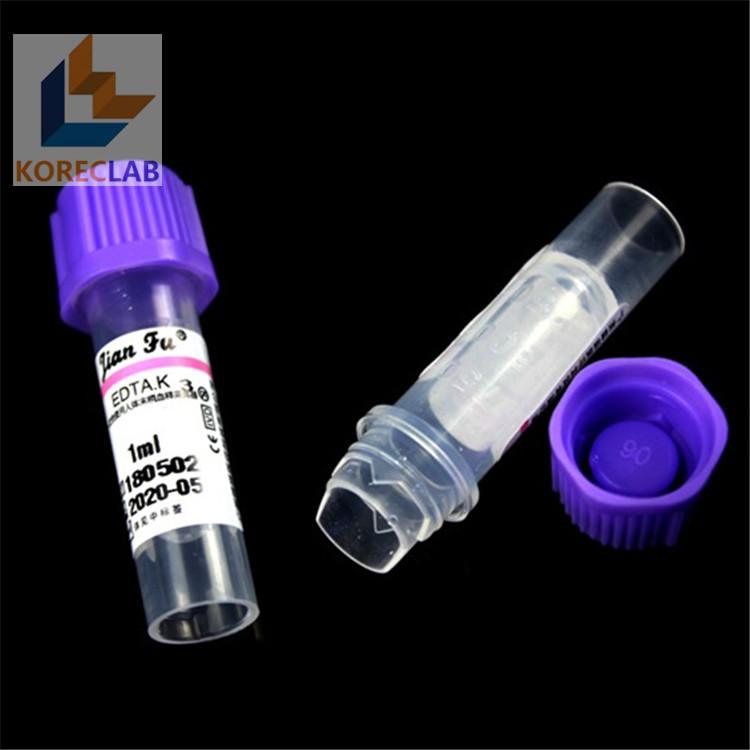



1ml Lab Test Use Edta K3 Blood Collection Tube Kctf Lab China Manufacturer Chemical Lab Supplies Chemicals Products




Buy The Cady Blood Collection Tube K3 Edta Via Global Health




Blood Collection Tube With Color Heads
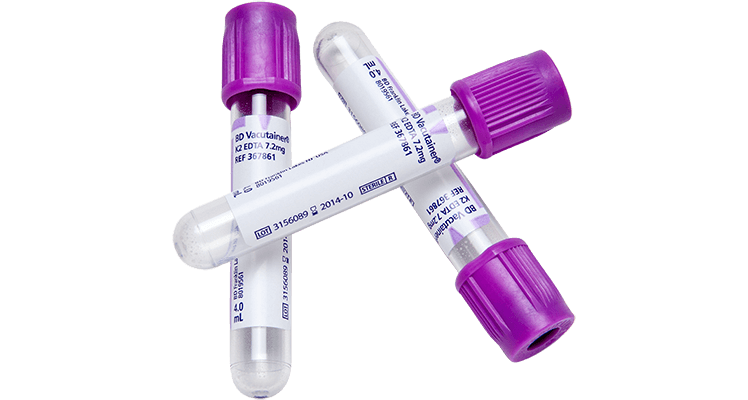



Vacutainer Blood Collection Tubes



Whole Blood Edta Tube Purple Cap For Blood Grouping And Immunological Test




Plastic 2 9ml Edta Vacuum Blood Test Tube Manufacturers Suppliers Free Sample Noke Lab




Blood Bottles Guide Geeky Medics




Pdf 51cr Edta Absorption Blood Test An Easy Method For Assessing Small Intestinal Permeability In Dogs




Cbc Complete Blood Count Edta




727 Blood Test Report Stock Photos Pictures Royalty Free Images Istock
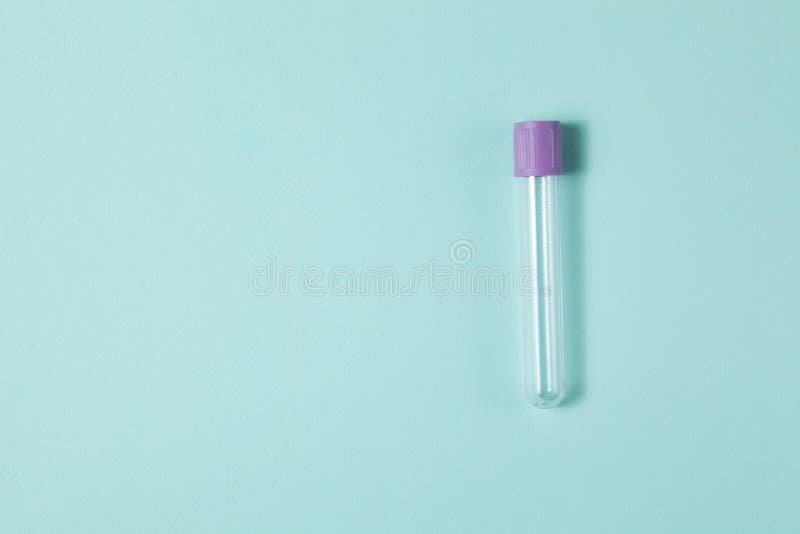



166 Edta Photos Free Royalty Free Stock Photos From Dreamstime
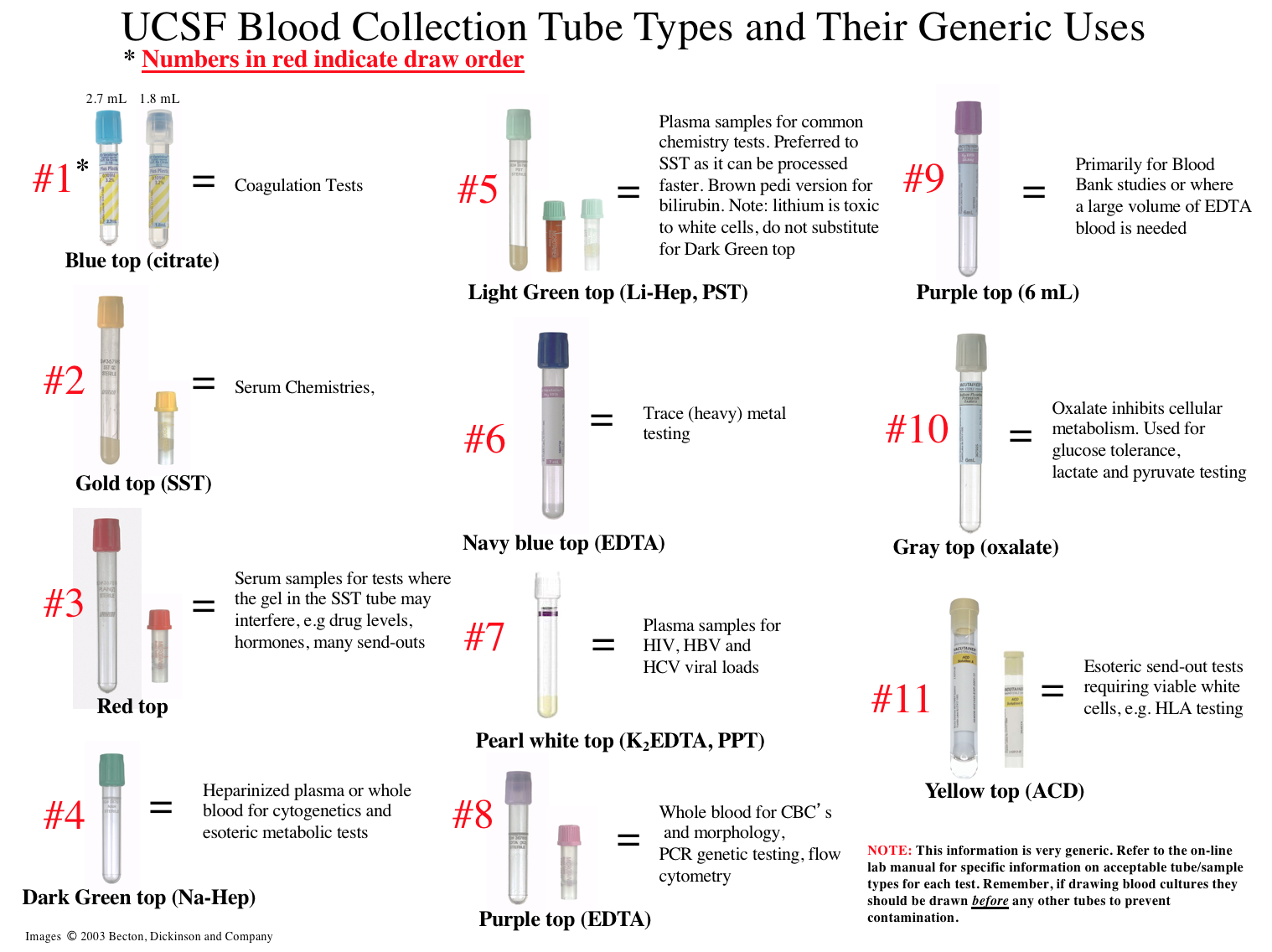



Specimen Collection Ucsf Clinical Laboratories




Edta Test Should Edta Have Been Successfully Detected In Rav4 Blood Samples If Present Makingamurderer
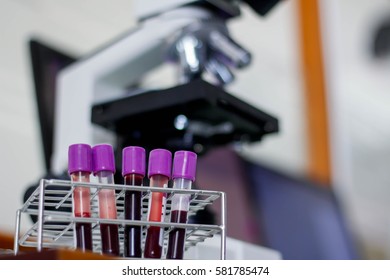



Edta Tube High Res Stock Images Shutterstock



What Is The Difference Between K2 Edta And K3 Edta Pediaa Com




Full Form Of Edta What Is The Full Form Of Edta




Edta Anticoagulant Blood Test Tube Compleate Blood Count Testing Stock Photo Picture And Royalty Free Image Image




G6pd Activity In Edta Blood Specimens Stored At 4 C With And Without Download Table




Blood Collection Tubes Colour Coding Of Vials Order Of Draw




Blood Sample Collection Tubes Top Colors And Anticoagulants Mode Of Action Youtube
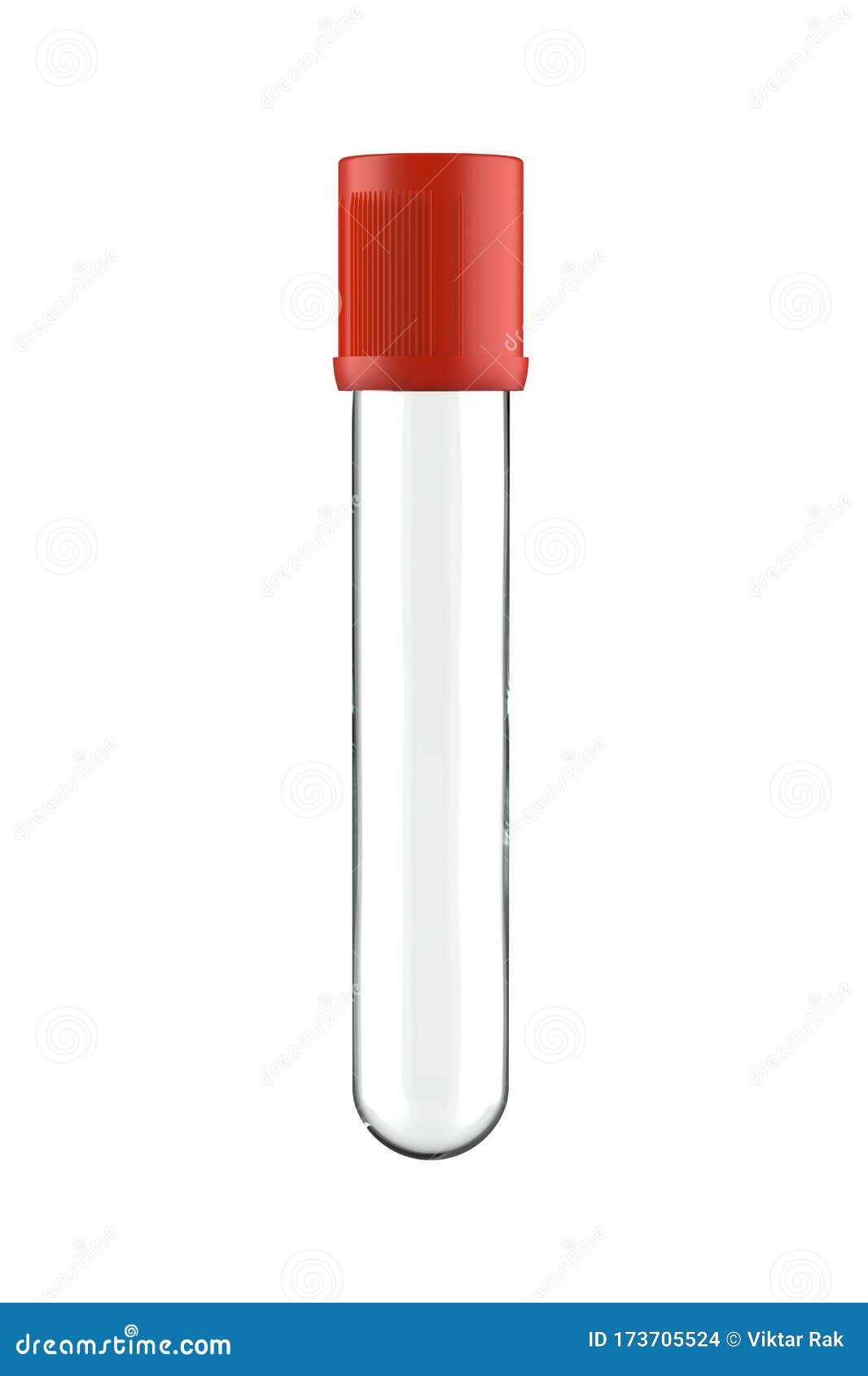



Empty Edta Vacuum Blood Test Tube With Red Cap Isolated On White Stock Illustration Illustration Of Prolactin Clear



0 件のコメント:
コメントを投稿